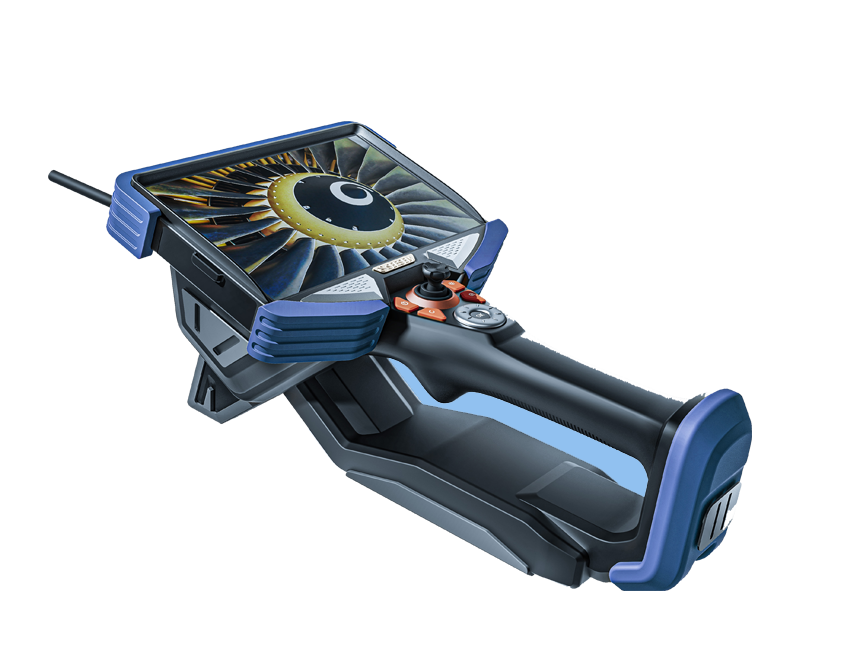Industriële videoscoops are advanced inspection tools widely used in various industries for visual inspection and diagnostics. They enable professionals to access and inspect hard-to-reach areas with ease. In dit artikel, we will explore the classification and parameters of industrial videoscopes.
Classification of Industrial Videoscopes:
- Stijve videoscopen: Rigid videoscopes have a solid, inflexible probe that allows for direct insertion into inspection areas. They are ideal for inspections in relatively straight and accessible areas.
- Flexibele videoscopen: Flexible videoscopes feature a flexible probe that can be maneuvered through tight and curved spaces. They are suitable for inspections in complex and hard-to-reach areas, offering greater versatility.
Parameters of Industrial Videoscopes:
- Probe Diameter: The probe diameter determines the size of the inspection area that can be accessed. Smaller probe diameters are ideal for narrow spaces, while larger diameters provide better image quality and illumination in larger areas.
- Insertion Tube Length: The insertion tube length indicates the reach and depth of the videoscope. Longer insertion tubes allow for inspections in deeper areas, while shorter tubes are more suitable for shallow inspections.
- Articulatie: Articulation refers to the bending capability of the videoscope’s probe. Videoscopes with articulating probes can be adjusted to different angles, enabling better maneuverability and inspection of curved or obstructed areas.
- Resolution: The resolution of the videoscope’s camera determines the clarity and quality of the captured images and videos. Higher resolution cameras provide finer details and better image quality, enhancing inspection accuracy.
- Illumination: The illumination system of a videoscope is crucial for providing adequate lighting during inspections. Bright LED lights integrated into the probe illuminate the inspection area, allowing for clear visibility of defects and anomalies.
- Recording and Documentation: Many industrial videoscopes offer recording and documentation capabilities. These features enable users to capture images and videos of the inspection process, making it easier to analyze and document findings for future reference.
Conclusie: Industrial videoscopes come in various classifications and exhibit different parameters to cater to a wide range of inspection requirements. Rigid videoscopes offer direct access to inspection areas, while flexible videoscopes provide versatility in navigating complex spaces. Parameters such as probe diameter, insertion tube length, articulation, resolution, illumination, and recording capabilities are crucial considerations when selecting an industrial videoscope. By understanding the classification and parameters of industrial videoscopes, professionals can make informed decisions to ensure efficient and accurate inspections in their respective industries.


